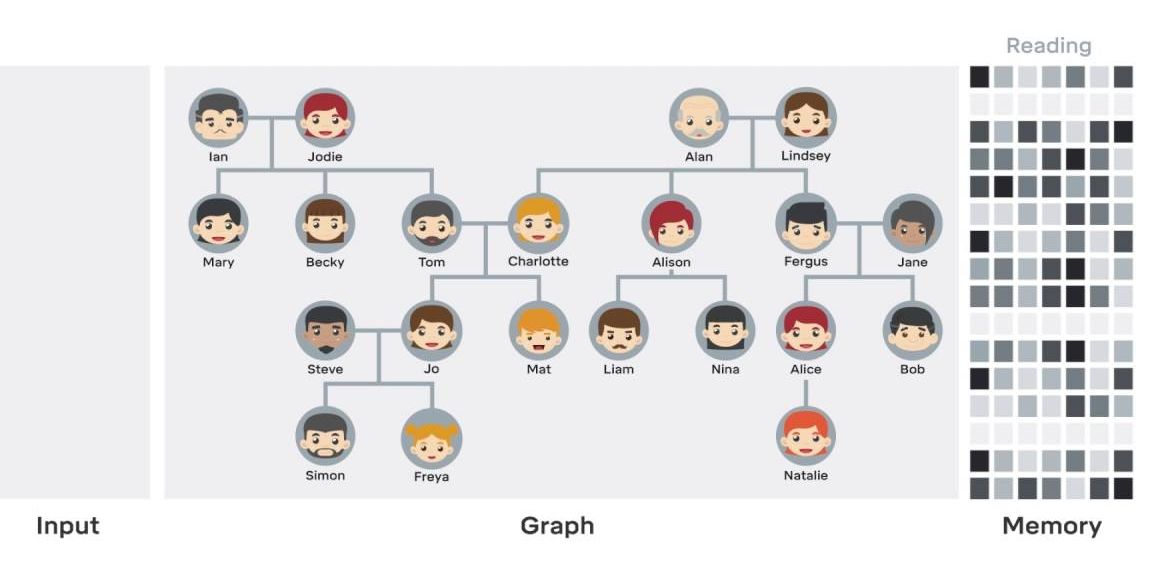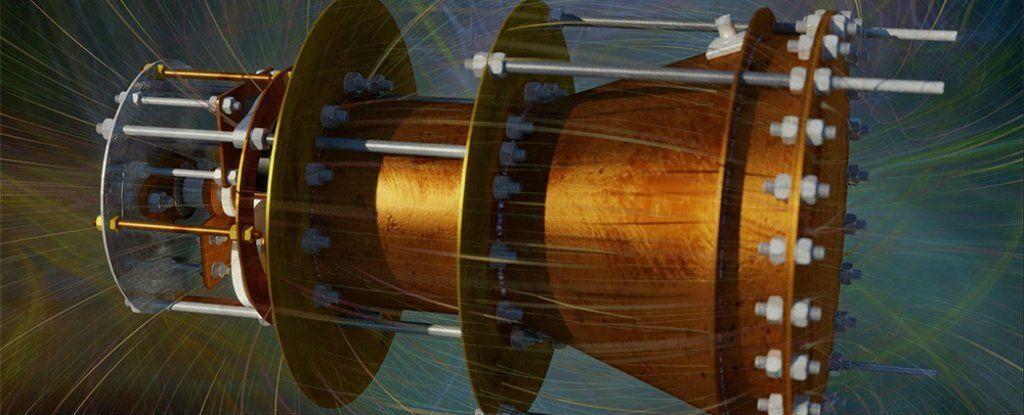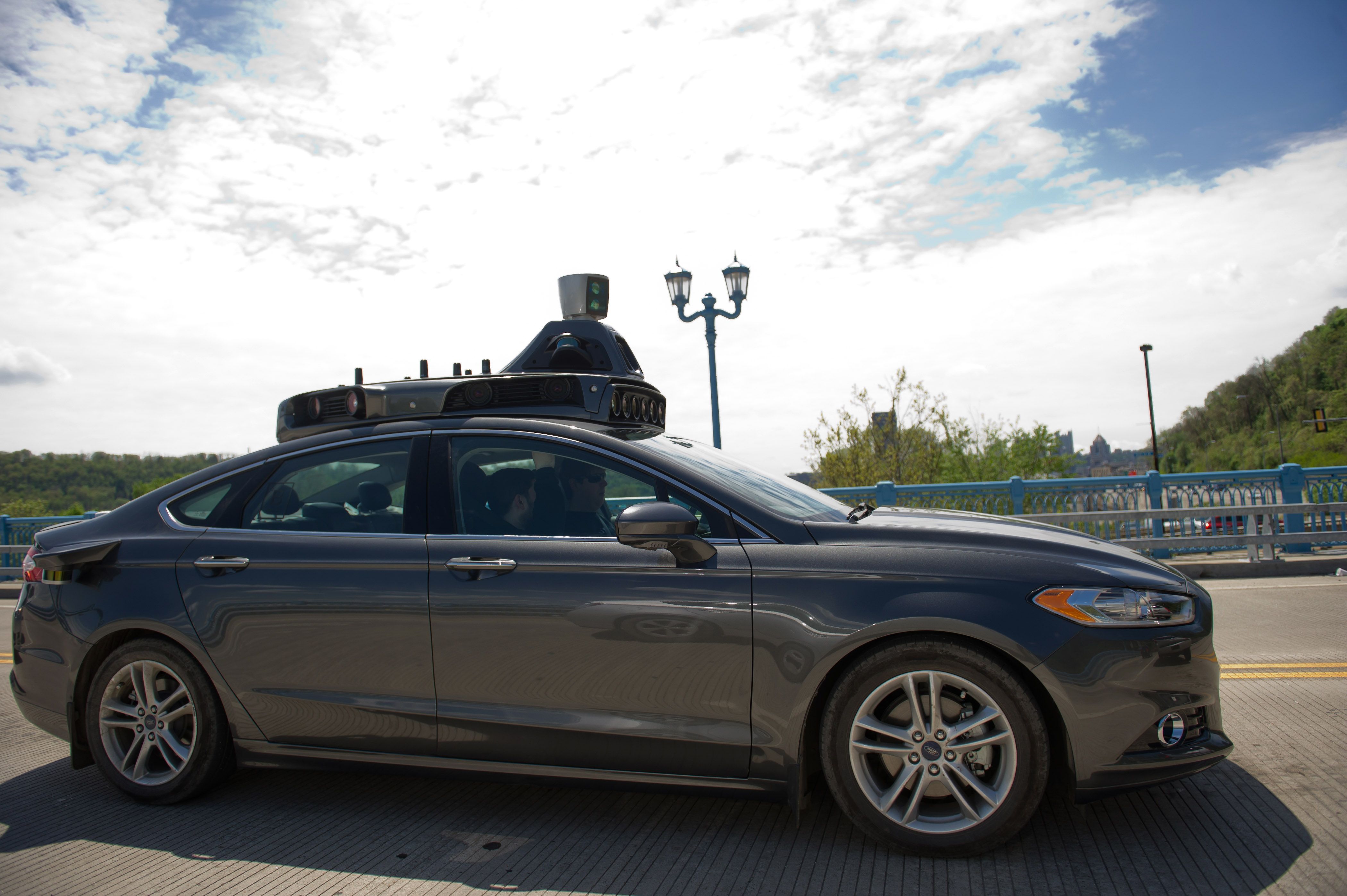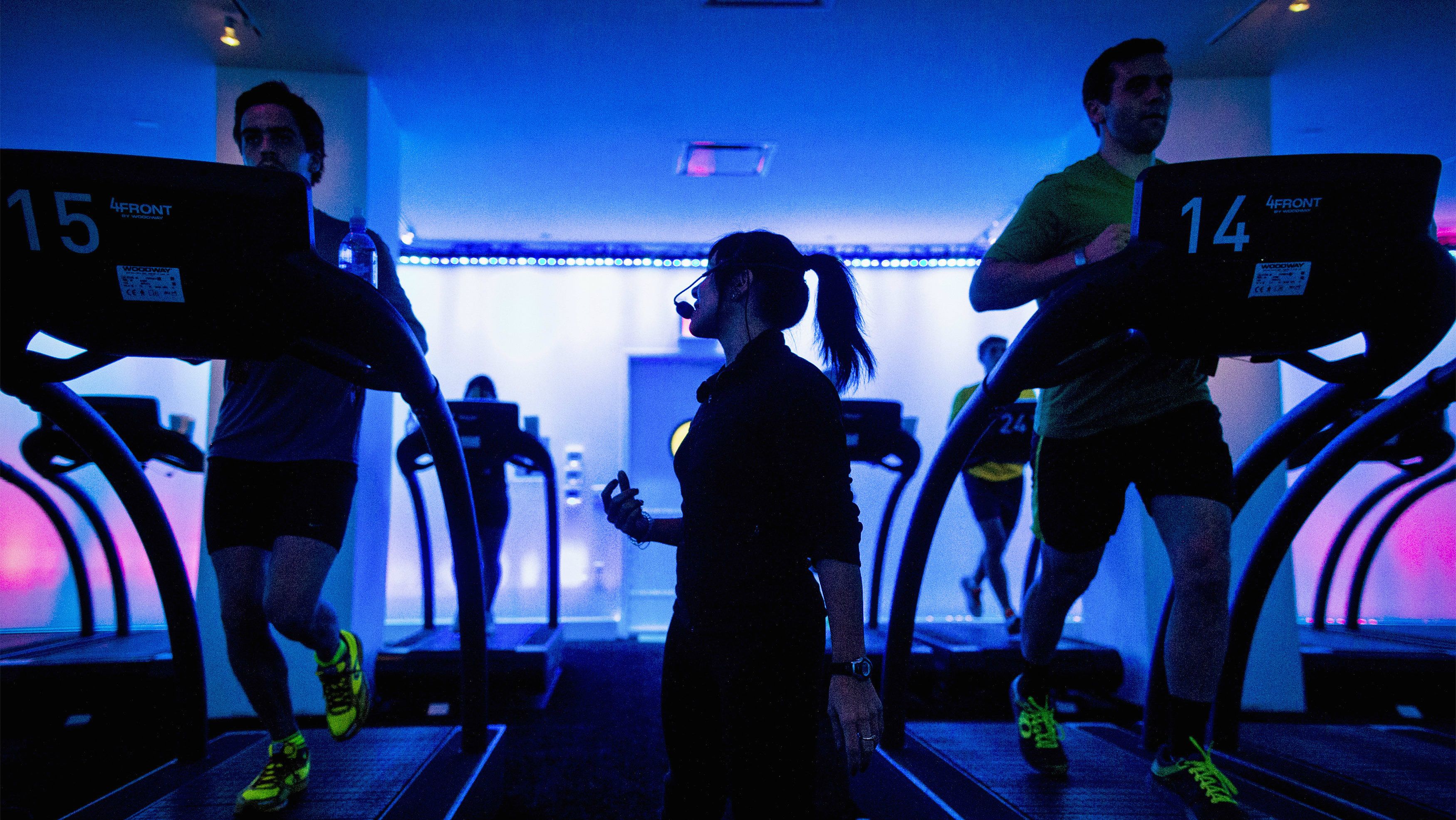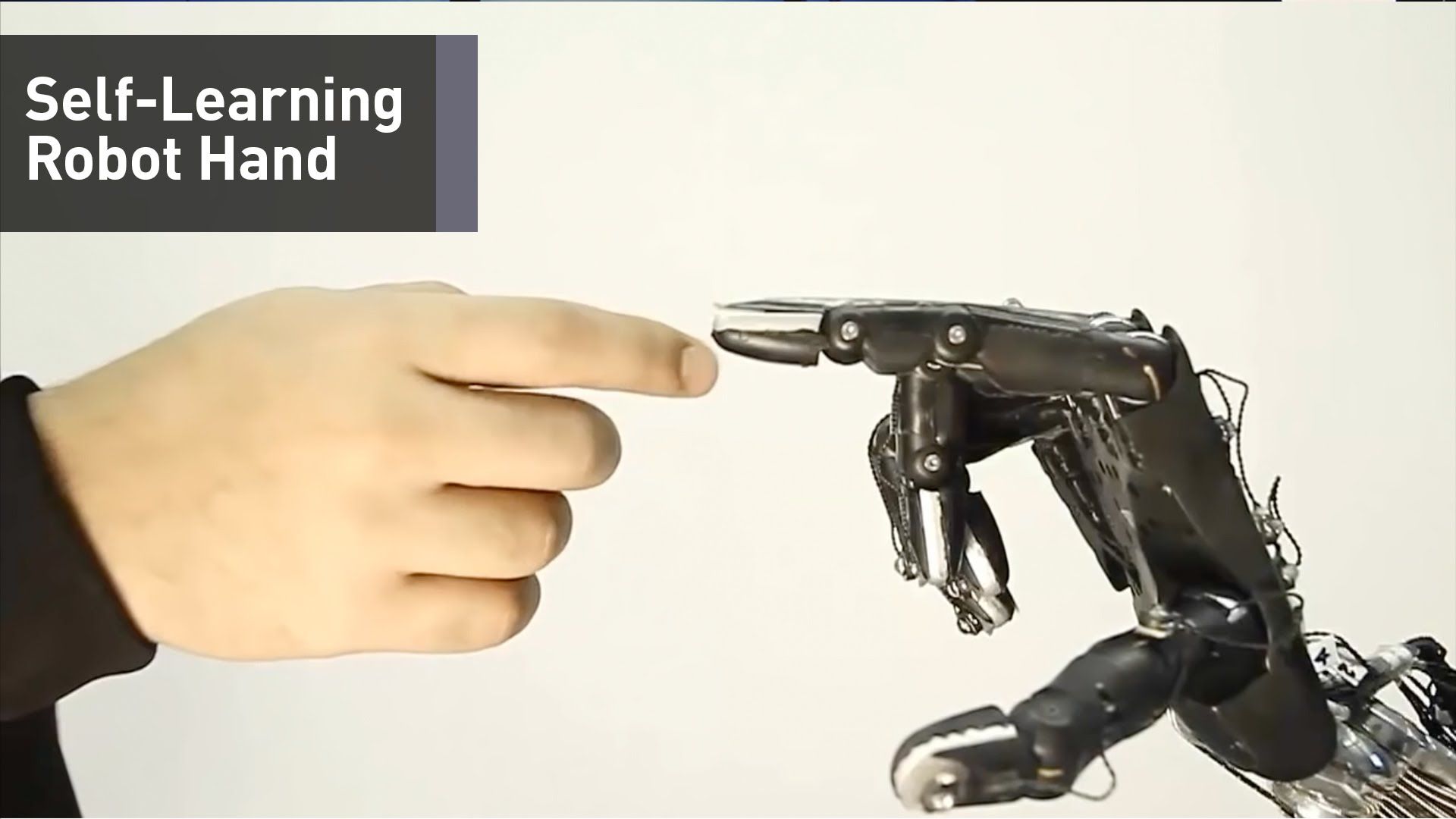We are seeing lot of inventions being made prior to the upcoming Mars missions. However, you don’t have to be into science-fiction to understand that NASA still needs to get a grip on many technical hurdles before our astronauts can put their boots on the red planet safely.
Yes, [Mark Watney](http://www.imdb.com/title/tt3659388/) has become quite a Martian but real humans need more to survive and especially have to consider the *less obvious* things like how to deal with injuries that far away from mother Earth. That can be overlooked, but certainly is important.
As there’s only so much space on a trip to Mars, there will be limited access to medical care due to supply restrictions. Expertise to manage complex medical conditions might also be hard to come by.


